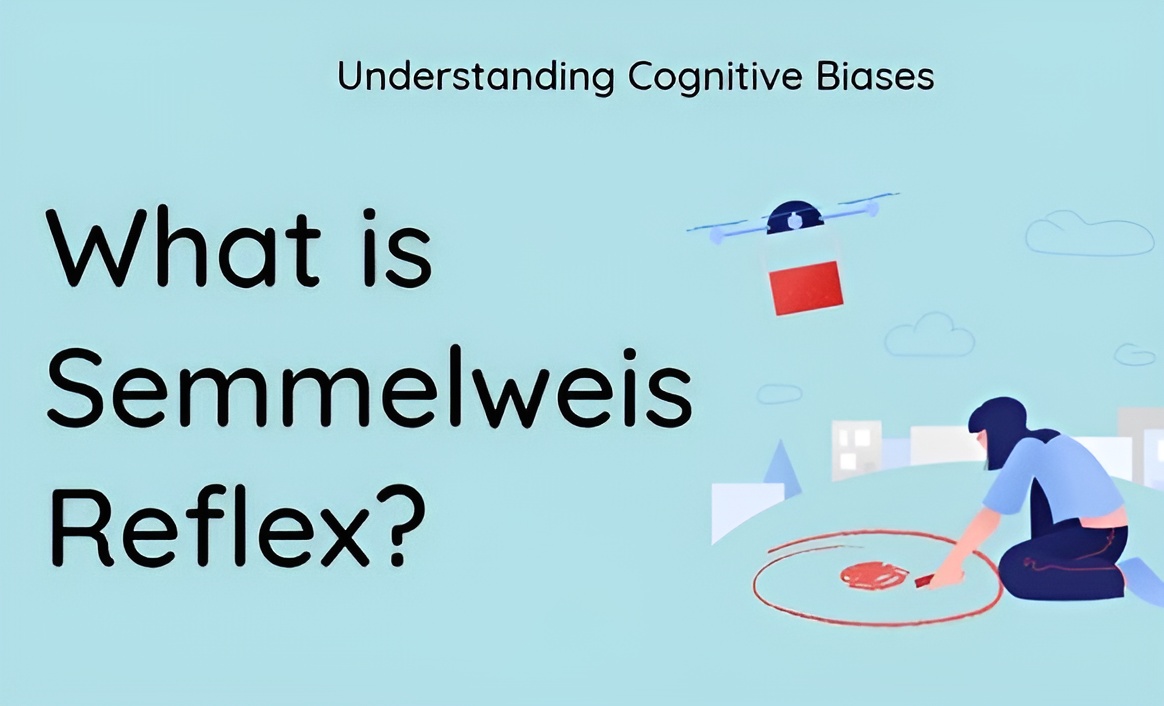The Semmelweis reflex is a cognitive bias that occurs when individuals reject new or innovative ideas or information, particularly in the fields of science, medicine, or other established domains. People tend to resist change and innovation, often dismissing unconventional ideas, even when there is evidence to support them.
Explanations:
The Semmelweis reflex is rooted in the inertia of established knowledge and practices. People are often reluctant to accept new ideas or innovations that challenge the status quo because they may disrupt existing systems and beliefs.
Examples:
Medical Discoveries: Medical professionals may initially reject groundbreaking medical research or treatments because they challenge conventional practices.
Technological Advancements: Industries may resist adopting new technologies or methods that promise greater efficiency and improvement because they require changes to existing systems.
Scientific Paradigm Shifts: Scientists may resist paradigm-shifting theories or findings that challenge long-held beliefs and established theories.
Solutions:
Open-Mindedness: Cultivate open-mindedness and a willingness to consider new ideas and innovations with a critical but receptive perspective.
Evidence-Based Evaluation: Base judgments on evidence, data, and empirical research rather than clinging to traditional beliefs.
Learning and Adaptation: Embrace a culture of continuous learning and adaptation to encourage innovation and change.
Collaboration: Encourage collaboration among experts, innovators, and established professionals to bridge the gap between new ideas and existing practices.
Addressing the Semmelweis reflex involves recognizing the inclination to resist new ideas or innovations and actively promoting open-mindedness, evidence-based evaluation, learning, and collaboration to foster positive change and progress.
